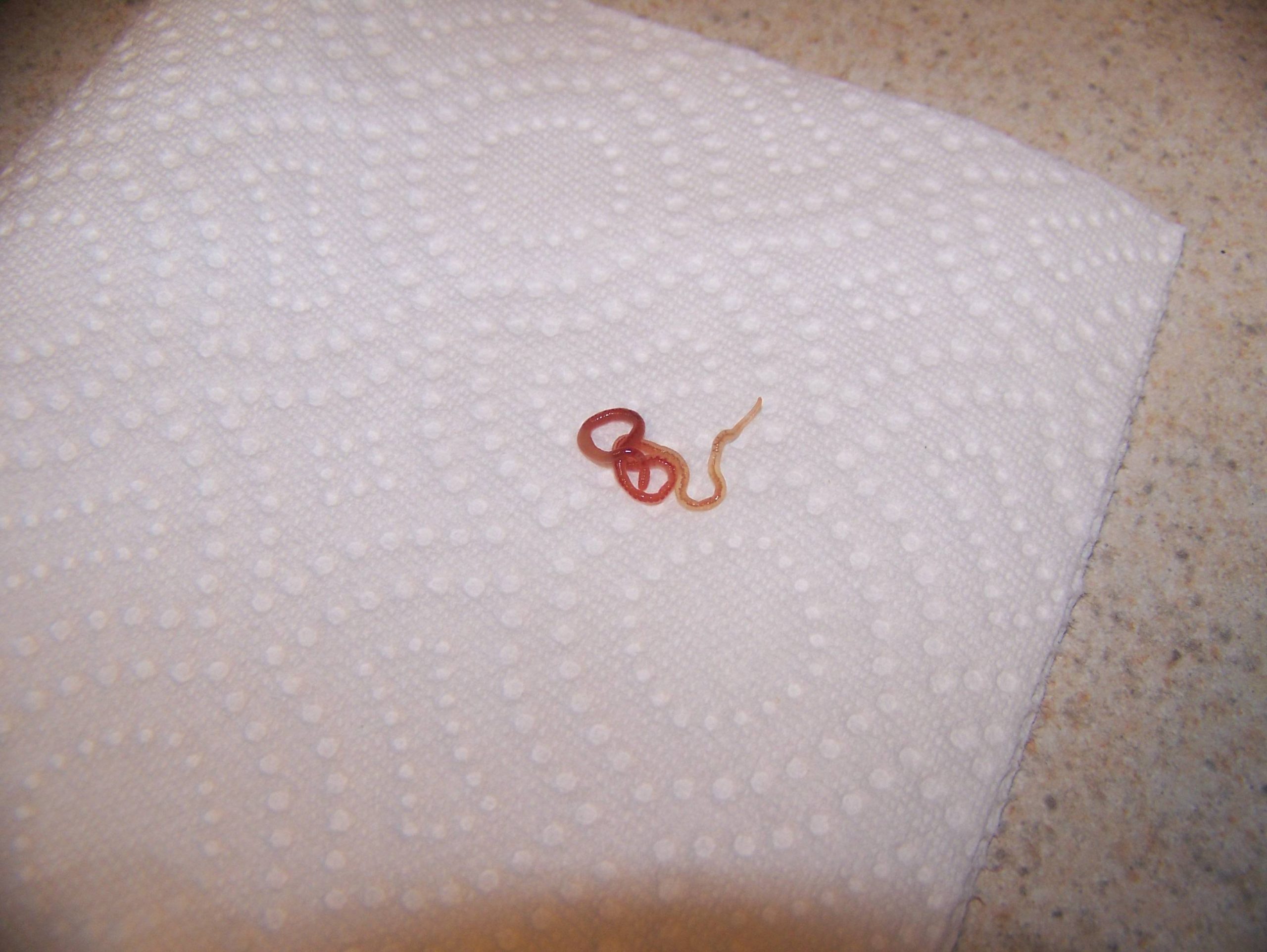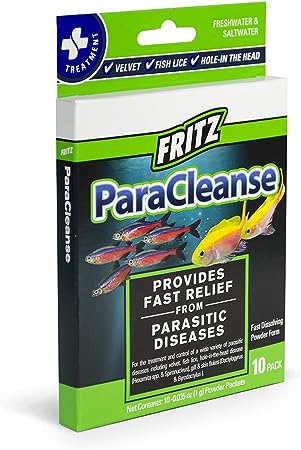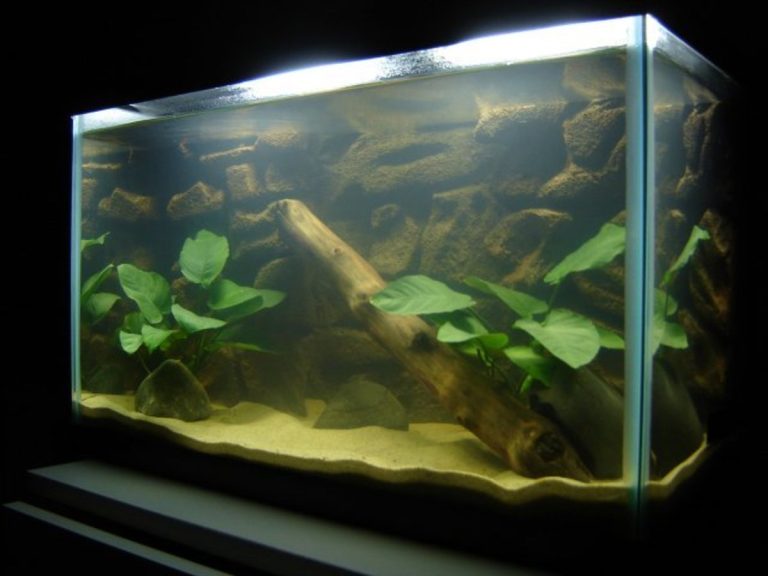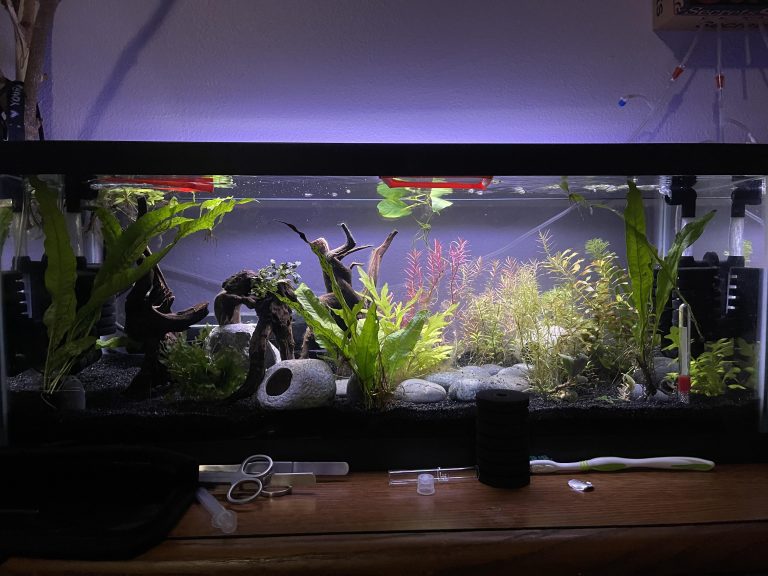Red Worms In Fish Tank
Have you ever noticed small, red worms in your fish tank? You’re not alone – many aquarium owners have experienced this phenomenon. But what are these worms, and are they harmful to your fish? In this article, we’ll delve into the world of red worms in fish tanks, exploring their origins, potential risks, and how to deal with them effectively.
What are red worms in fish tanks?
Red worms, also known as bloodworms, are small, thread-like creatures commonly found in freshwater aquariums. They are not actually worms, but the larvae of a group of insects called midges. These larvae typically have a bright red color, hence the name.
How do red worms end up in fish tanks?
Red worms can enter your fish tank through a variety of means. They may hitch a ride on live plants, aquarium decorations, or even on fish that you introduce into your tank. In some cases, they may also enter through tap water, as water treatment processes are not always effective at removing these tiny organisms.

Are red worms harmful to fish?
Red worms are generally not harmful to fish. In fact, many fish species, such as bettas and guppies, actually enjoy eating them. Bloodworms are a nutritious source of protein and can be a great addition to your fish’s diet. However, if their population grows too large, they can become a nuisance and potentially disrupt the ecosystem of your tank.
How to control red worm infestations
If you notice an excess of red worms in your fish tank, there are several steps you can take to control their population:
1. Regular tank maintenance: Maintaining a clean and well-maintained tank is crucial. Regular water changes, cleaning the substrate, and removing any decaying plant matter will help eliminate the favorable conditions for red worms to thrive.
2. Avoid overfeeding: Overfeeding your fish can contribute to an increase in red worm populations. Uneaten food can create organic waste, leading to an overgrowth of worms. Be mindful of how much you feed your fish and remove any excess food promptly.
3. Introduce natural predators: Some fish species, such as loaches, dwarf puffers, and certain cichlids, are natural predators of red worms. Adding these fish to your tank can help control the worm population naturally.
4. Reduce light exposure: Red worms are attracted to light. By reducing the amount of light your tank receives, you can discourage their growth. Use a timer for your aquarium lights and ensure they are only on for an appropriate amount of time each day.
5. Use chemical treatments: If other methods fail, there are chemical treatments available that can help eliminate red worms. However, it is essential to follow the instructions carefully and consider the potential effects on your fish and other tank inhabitants.
Frequently Asked Questions
Q: Can red worms harm my fish if they become too numerous?
A: While red worms themselves are not harmful to fish, an overgrowth of their population can lead to water quality issues. The excess organic waste produced by the worms can contribute to poor water conditions, which can be harmful to fish.
Q: Are all red worms in fish tanks bloodworms?
A: No, not all red worms are bloodworms. There are several different species of worms that can be found in fish tanks, but bloodworms are the most common.
Q: Are red worms a sign of an unhealthy fish tank?
A: Not necessarily. Red worms can colonize even in well-maintained tanks. However, a sudden increase in their population may indicate a change in water conditions or an excess of organic waste.
Q: Can I use red worms as a food source for my fish?
A: Yes, many fish species enjoy eating red worms, and they can be a nutritious addition to their diet. However, it’s important to ensure that the worms are parasite-free and properly sourced to avoid any potential health issues for your fish.
Final Thoughts
While red worms in fish tanks may initially be a cause for concern, they are generally harmless to your fish. In fact, they can even be a valuable food source. By following proper tank maintenance practices and implementing control measures when necessary, you can ensure a healthy and thriving aquarium environment for your fish. Remember, it’s all about finding a balance that works for both your fish and the ecosystem of your tank. Happy fishkeeping!






